That guid auld Scotch drink is loved by connoisseurs and casual imbibers alike. Both a muse and a menace, the golden liquid makes a damn fine drink, one that demands the same type of appreciation normally reserved for wine. There are five geographical regions for Scotch; the Islands are considered a subset of the Highlands. The single malts each have their own style thanks to the unique terroir of each region and of course, peat. Peat is a hallmark of Scotch, and the level of peatiness varies depending on what you’re drinking, or more accurately, how much peat smoke the malt came into contact with during the drying process. Peated water (that is water that flows through peat bogs) is sometimes used in whisky distillation, and while the peat will change the water’s color to a reddish-gold, it doesn’t impart much of its characteristic smoke flavor.
Highland
The Highlands represents the bulk of whisky production and is unsurprisingly the largest region. This is the most mountainous part of the country and the UK at large, and serve as a testament to the overall beauty of Scotland. This is the place to start with if you’re just getting into Scotch. Style-wise, you’re looking at smooth, soft Scotches with ample flavor. And just what is that flavor? Highland Scotches have a pretty honey and heather note, along with the caramel and vanilla one would expect from an oak-aged spirit. They often finish a little bit sweet but are made dry as well, without the heavy peat signature associated with say, Islay.
The Islands are included in the Highlands region. Of the many islands that make up the Hebrides off the western coast of Scotland, only a few are home to distilleries. These are (from north to south) Skye, Mull, Jura and Arran. Style varies dramatically across the Islands, but you can expect a certain salinity in the grand majority of them. The Orkney Islands, which are away to the northeast of Scotland, are home to Scapa and Highland Park, the latter of which is known for its heather notes.
Speyside
Formerly a part of the Highlands, Speyside is now its own region, in recognition of the different style of whisky produced here. Taking its name from the River Spey whose waters make their way into more than a few of the whiskies here, this region produces the softest, most elegant single malts. Similar to Highlands, Speyside whiskies can also finish sweet but have more fruity, nutty, toffee notes. They can be quite rich, honeyed and a little spicy with more distilleries experimenting by aging their whiskies in different cask types. Take a gander around your local whisky shop and you’ll see Speyside Scotch aged in Sauternes, Port, and Sherry cask, though this practice is by no means exclusive to Speyside.
Lowland
Historically a single malt region that gave way to producing for blends, today it is still the leading sources for blend intended whiskies. Still, there are a small handful of notable single malt producers. If you’re looking for light Scotches that can be enjoyed as an aperitif, Lowlands whiskies should be your tipple of choice. Traditionally, single malts in Lowland Scotland were triple distilled, a practice still used at the Auchentoshan distillery located outside of Glasgow. The single malts in this part of the country take on grassy, citrusy, floral notes and are lighter in body. If smoky isn’t your thing, Lowland Scotches don’t use anywhere near as much peat as their counterparts.
Campbeltown
Once upon a time, Campbeltown was a major Scotch producer, with dozens of distilleries. Today, it only boasts three, but we all know it’s the quality and not the quantity that matters. Located on the Kintyre peninsula, Campbeltown whiskies are fruity, with toffee and smoke, even a touch of salt; the three extant distilleries are all located along the coast.
Islay
Islay is the most southerly island in the Inner Hebrides, a quick ferry ride away across the water from Campbeltown. The most distinctive of Scotland’s regions, Islay (pronounced “eye-lah,” not “iz-lay”) is the unmistakable briny peat beast that people either love or hate. The unique flavor profile comes from a combination of the peat used in the whisky making process and distilleries’ proximity to the sea. The salty air is said to lend iodine and seaweed notes to the Scotches of Islay. More than any other style, Islay whiskies are an acquired taste.
Naturally, the best way to learn the nuances of Scotland’s whisky regions is through tasting. So pour yourself a wee dram and raise a glass to that noble king of grain that gives us one of the world’s finest spirits, Scotch.

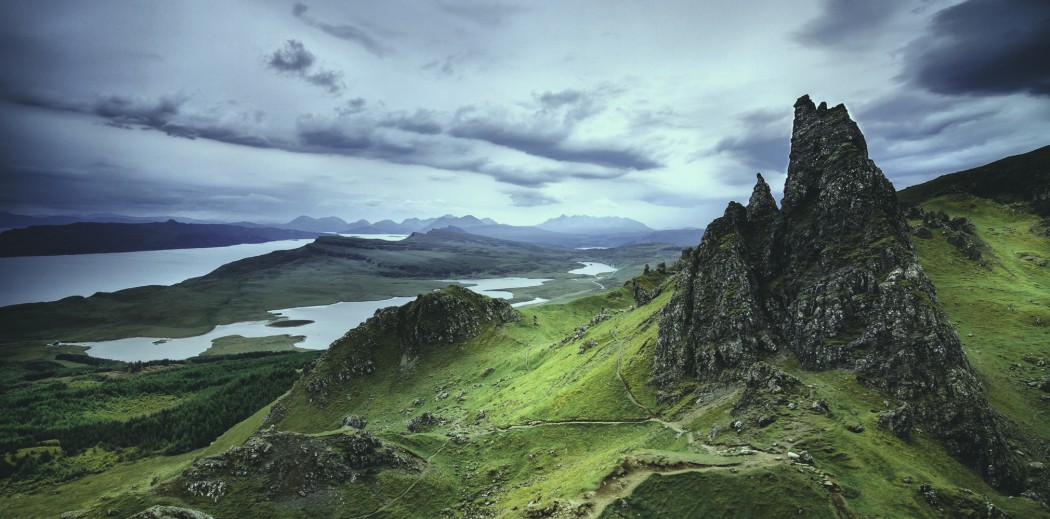

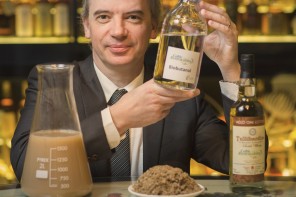
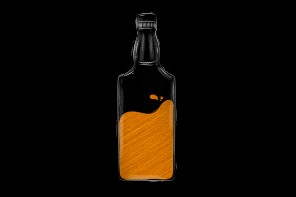

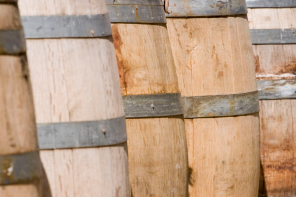

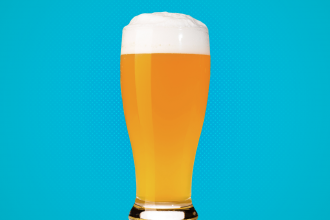
Islay is pronounced eyeluh….was that “t” on the end a typo?